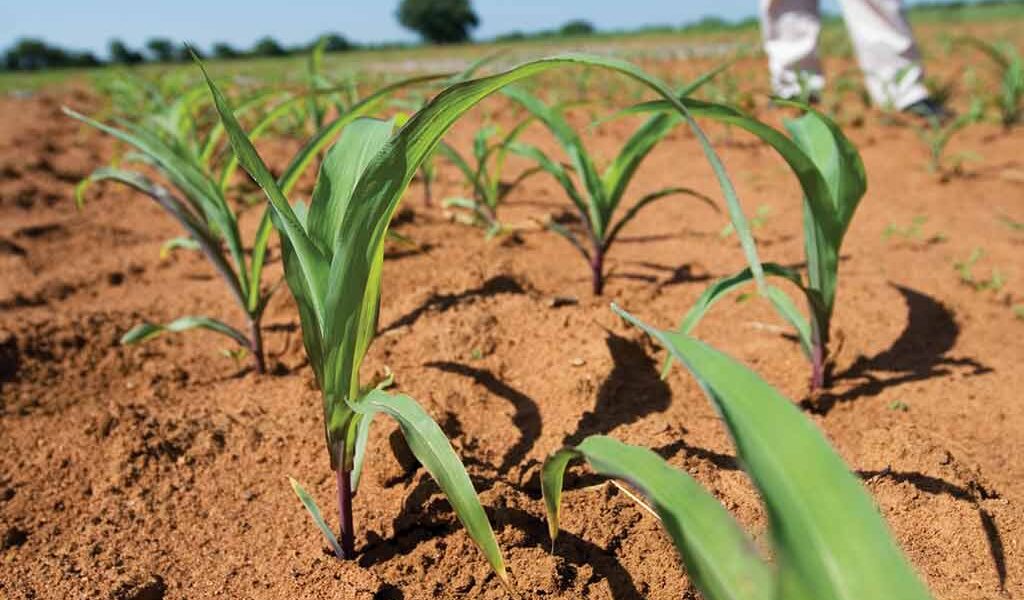Botswana expected to benefit
TSHIAMO TABANE
The World Bank has indicated that global markets could record marginal increase in food prices this year, following the projected increase in global food supply.
Botswana is expected to benefit from the projected marginal increase in prices of food commodities as the country depends on global imports to meet its demand for food. Botswana on annual basis imports wheat, maize and rice from Ukraine, maize from the US, Mexico, Columbia and Australia.
According to the World Bank 2017 Commodity Markets Outlook January 2017, assessments of the 2016-2017 ploughing season points to favorable trend for most grains. Global production of wheat is expected to reach a new record of 753 million metric tons (mmt) as overall conditions for the global wheat crop are favorable in most key producing and exporting areas including Australia, Europe, Russia, Ukraine and United States, according to the outlook. As a result of the favorable crop conditions, the stock to-use ratio (a measure of supplies relative to demand) is anticipated to reach 35.5 percent, higher than last season’s ratio of 33.9 percent.
The bank has projected that production of maize could increase by 8% in 2016-17 reflecting good crops in India as well as favorable crop conditions in Argentina, Canada, Mexico, South Africa and Ukraine. “Increased maize production, however, will be accompanied by a nearly 4 percent increase in consumption, implying that the stock-to-use ratio for maize at the end of the season will be only marginally higher (22 percent) compared to 2015-16 (21 percent),” it states.
Rice production is expected to increase by 2% in 2016-2017 driven by favorable growing conditions in Indonesia, Thailand (the world’s top rice exporter) and the Philippines. Adverse weather conditions in Vietnam that pushed yields below average, are unlikely to alter the global projections. Despite increased production, the stock-to-use ratio for rice is envisaged to remain fairly stable at 25% due to the expected increase in consumption this year. “Combined global supplies (that is beginning stocks plus production) of wheat, maize and rice are projected to reach 2,838 mmt during the 2016-17 season, nearly 5% higher than last season’s record supplies. These projections, which are highly likely to materialize given that the season is at an advanced stage, imply that 2016-17 will be the fourth consecutive surplus year,” said the World Bank.
“In view of the adequate supply conditions, together with stable fertilizer prices, the World Bank’s Food Commodity Price Index is expected to advance only marginally by 0.4 percent in 2017. There will be some dispersion across prices that reflect commodity-specific supply conditions, such as an increase in oils and meals and a decline in grains. A larger, but still modest, gain is expected in 2018 (1.2 percent), supported by similar gains in grains and oils and meals,” reads the outlook in part.
The Bank has however warned of risks to the projected marginal increase in the prices: “If energy prices increase more than anticipated, they could push agricultural prices up (especially grains and oilseeds, which are most sensitive to energy prices). However, such pressure could materialize only later in the year since the current, 2016-17, season is already advanced and the crop prospects are very good.”
It added that upside price risks to the agricultural price forecast stemming from weather have diminished compared to the October 2016 assessment. “The January 16 update by the U.S. National Oceanic and Atmospheric Administration noted that La Niña conditions, which are still present, could diminish, thus eliminating the possibility of any adverse weather impacts. This leaves only local unpredictable weather patterns as a risk component. However, given the well-supplied state of most food markets, local events are unlikely to have any discernable impact on the global supply and prices.”

